Whether you bought it or built it yourself, it probably took quite a bit of effort to turn your house into your dream home. Just because it’s now exactly the way you want it, however, doesn’t mean you can sit back and never think about any of the dirty jobs again. You need to keep checking that everything’s in order or small problems can turn into big ones, which can ruin your investment. Getting into a maintenance routine will help you nip those problems in the bud. How do you know what to do when, however? You just use the ultimate household maintenance checklist, of course.
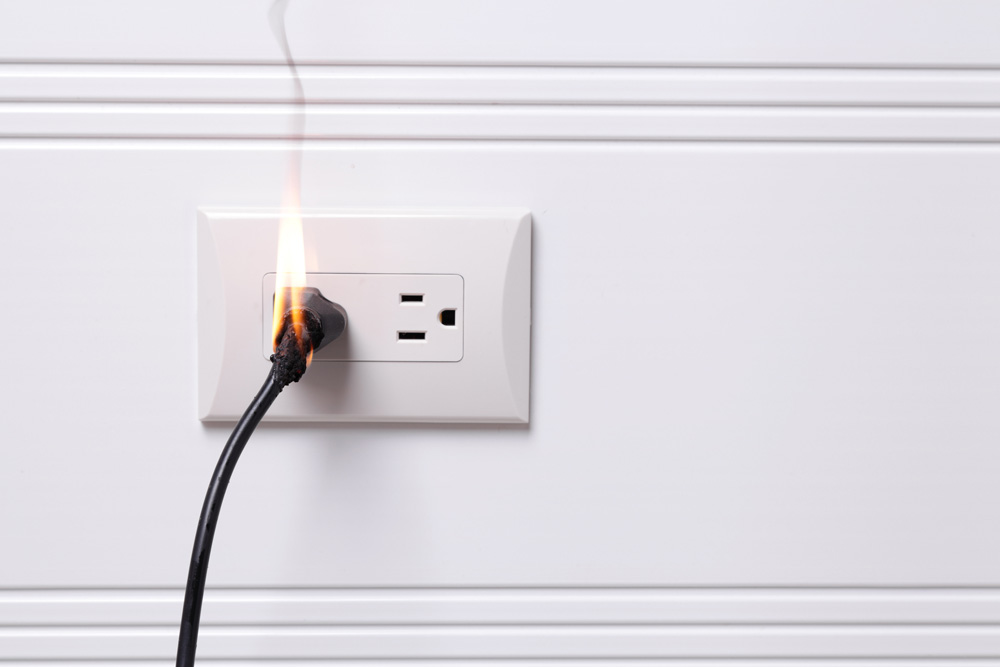
Check for Safety Hazards: Every Month
Some safety hazards, like faulty wiring or smoke detectors or fire extinguishers that don’t work, can quickly lead to you having to put your home emergency plan into action for real. Others may not be a danger to the whole family but can still cause individuals to get hurt: loose handrails or floor tiles, for instance. Once a month, go through your entire house and identify possible safety hazards. Also test your smoke detectors and fire extinguishers. Then address the problems sooner rather than later.

Check the Air Vents: Every Month
Blocked air vents can really mess with the air quality in your home. Check them every month and remove any debris, snow or critter’s nests that might be preventing air from circulating through these vents.
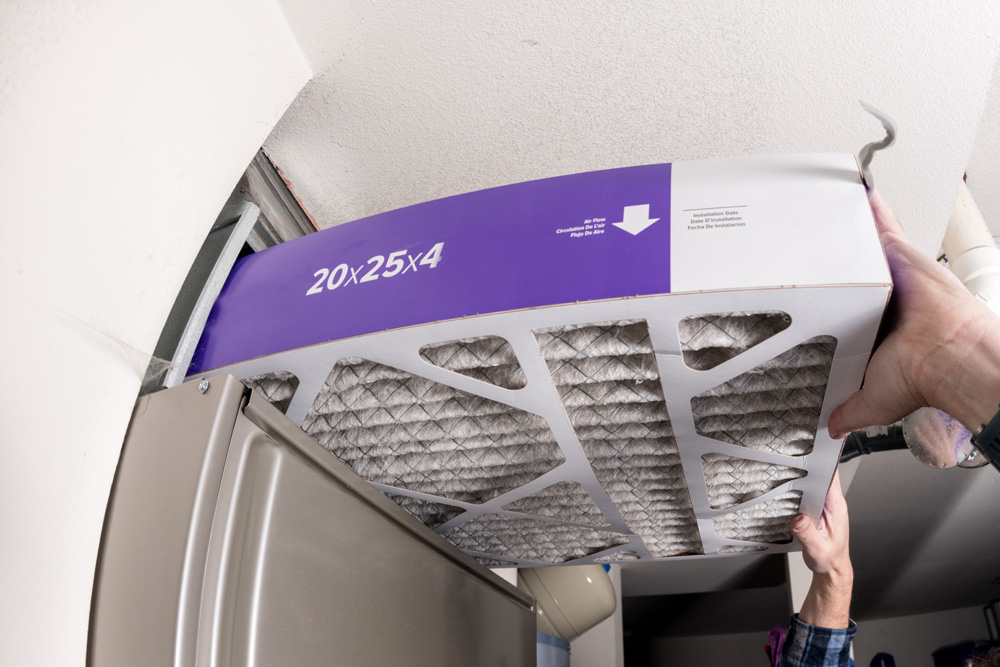
Clean and Replace Furnace Filters: Every Month
Furnace filters become clogged with things like dust and pet dander faster than you think and this affects the air quality inside the house. For better air quality and a lower risk of respiratory problems and allergies, replace those filters every month. If you have an electric wall furnace, you can soak the filter in soapy water while cleaning the grills.
Related: 20 Plants That Will Improve the Air Quality in Your Home
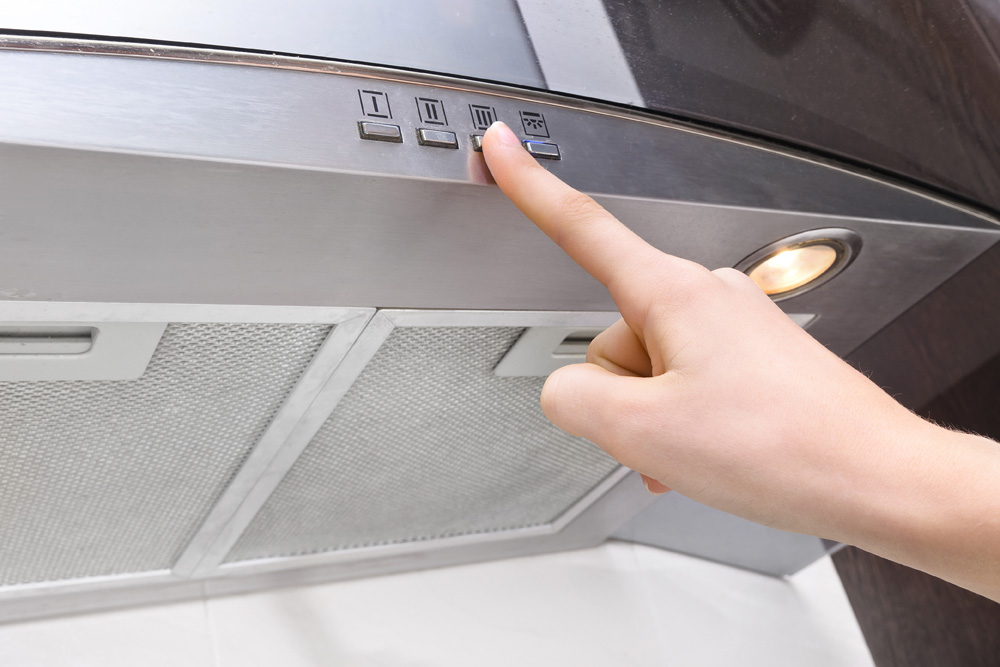
Clean the Range Hood Filter: Every Month
No matter what your range hood design, its filter can become clogged with grease and dirt. To keep it working properly, you need to clean the filter every month. Soak it in warm, soapy water with baking soda added to it. Once the grease has softened, use a non-abrasive brush to scrub it off. Then rinse the filter and dry it.
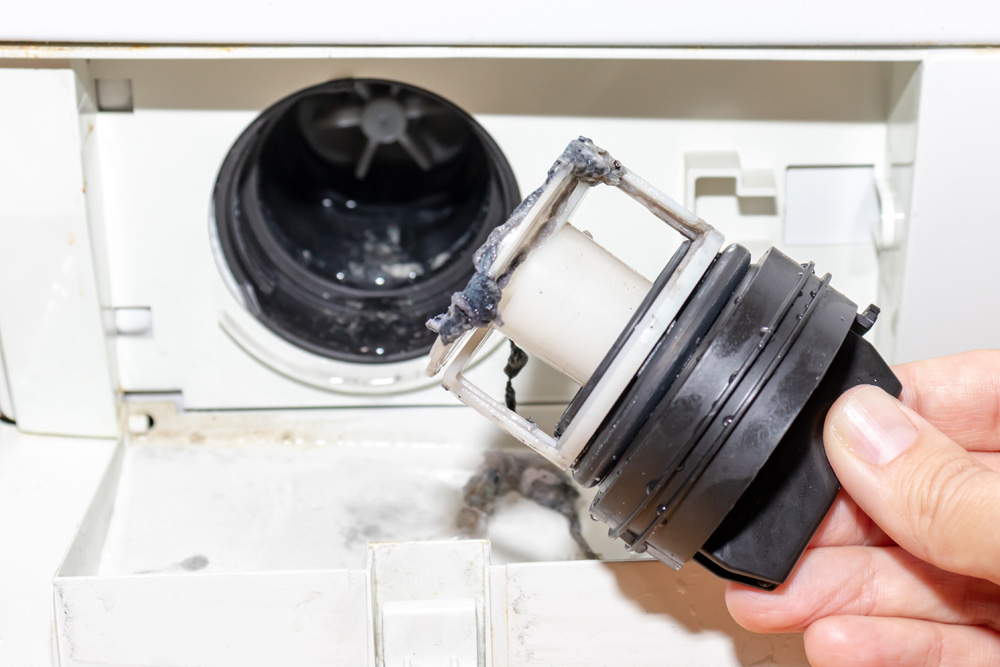
Clean Washing Machine Water Filters: Every Three Months
The water inlet filters in your washing machine keep debris and mineral deposits from getting into the machine and damaging it. Every three months, turn off the water supply and then remove the filters according to the manufacturer’s instructions. Then clean the filters in warm, soapy water. Check them for signs of damage or wear and if necessary, replace them with new ones.
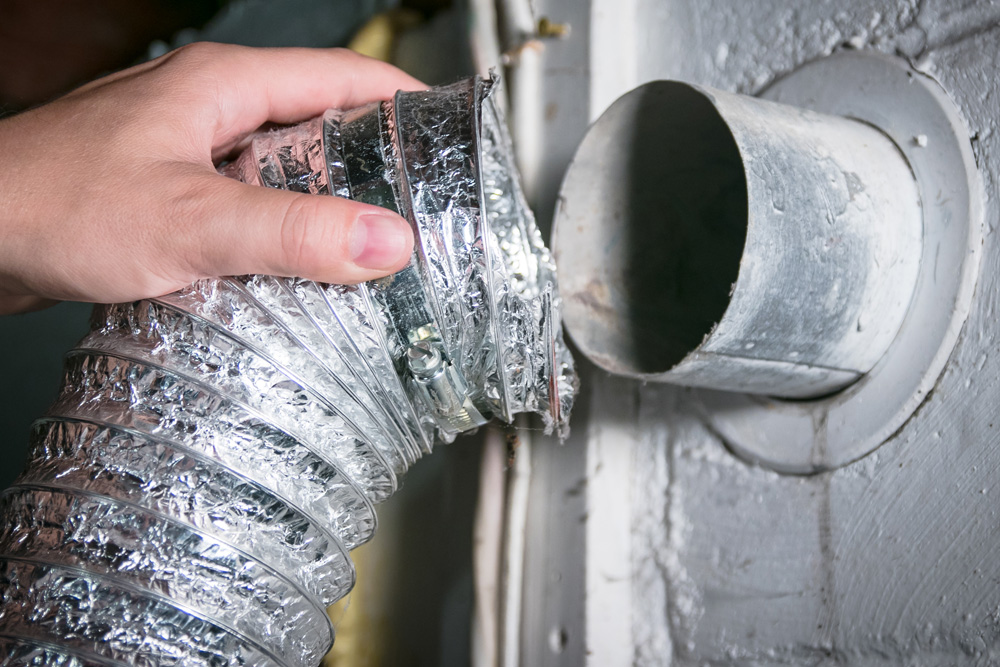
Remove Lint From Dryer Filter: Every Three Months
Lint around your dryer’s lint ducts can be a fire hazard. To get rid of the lint, first turn off the gas valve or unplug the dryer. Then remove the lint filter and vacuum it, as well as the areas around it. Next, disconnect the dryer duct and vacuum the duct work too until it’s lint free.
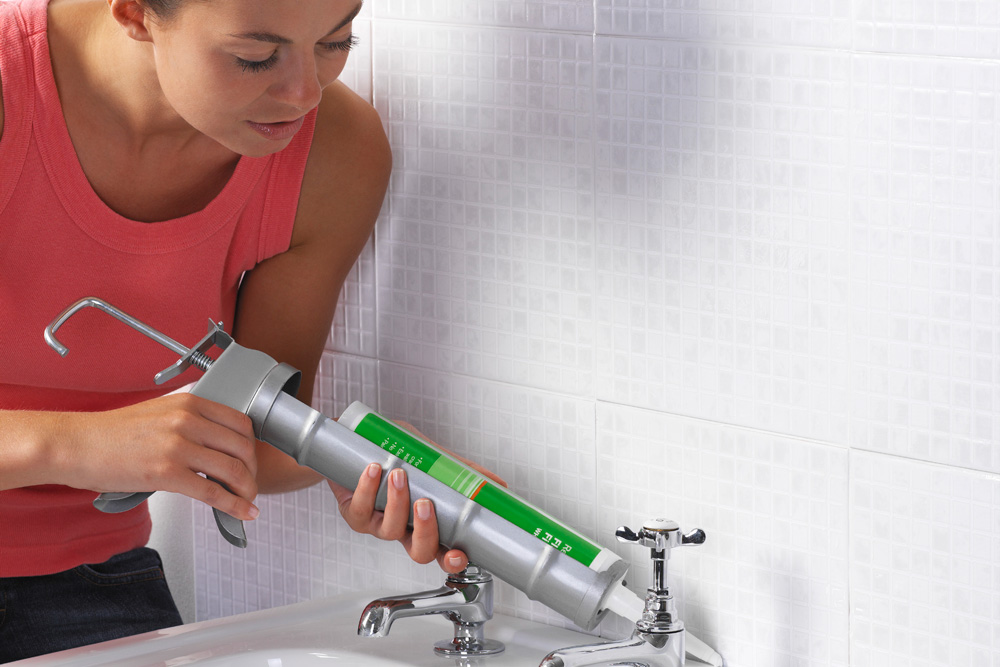
Check Caulking Around Sinks, Showers and Tubs: Every Three Months
Every three months, check the caulking around the sinks, showers and tubs for leaks. You need to deal with leaks without delay because they can lead to damp and mould. If there are any gaps in the caulking, fix it. While you’re at it, you can also clean the grout to keep thing looking sparkly.
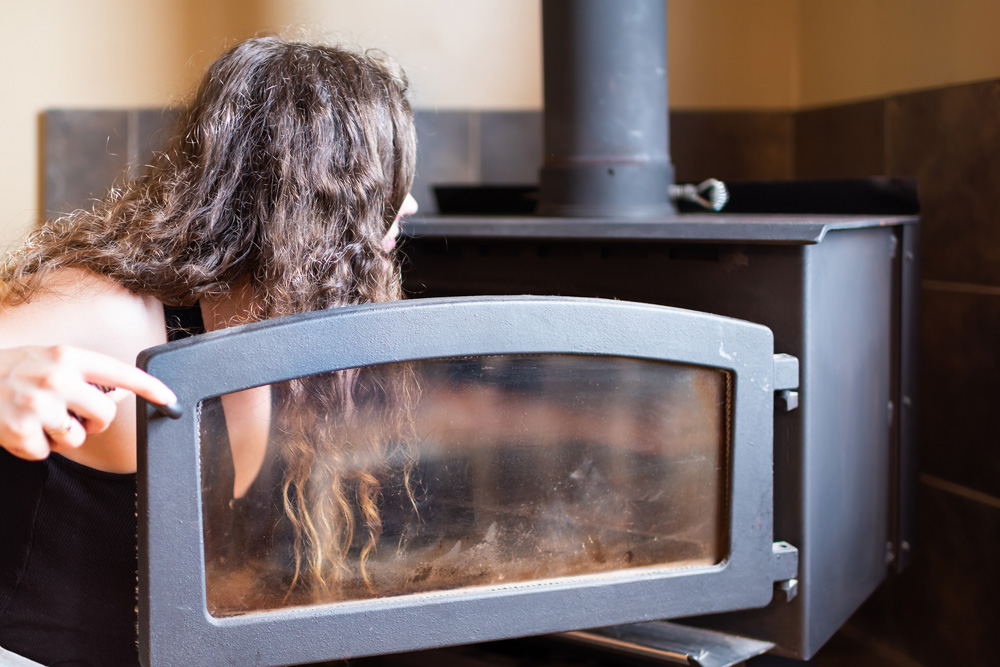
Clean Your Fireplace and Chimney: Every Spring and Fall
There are two times that are ideal for cleaning your fireplace and chimney: spring, after a winter of regularly using the fireplace and fall, as you’re getting ready for winter. It’s easy enough to clean your fireplace yourself, but it’s best to call in the professionals to clean the chimney.

Check the Roof: Every Spring and Fall
Check your roof every spring for possible damage caused by winter weather and every fall to make sure it’s in perfect condition for winter. Replace and fix tiles where necessary. Also check the flashing, eaves and soffits and repair what’s needed. While you’re up there, you can also clean out the gutters and downspouts.
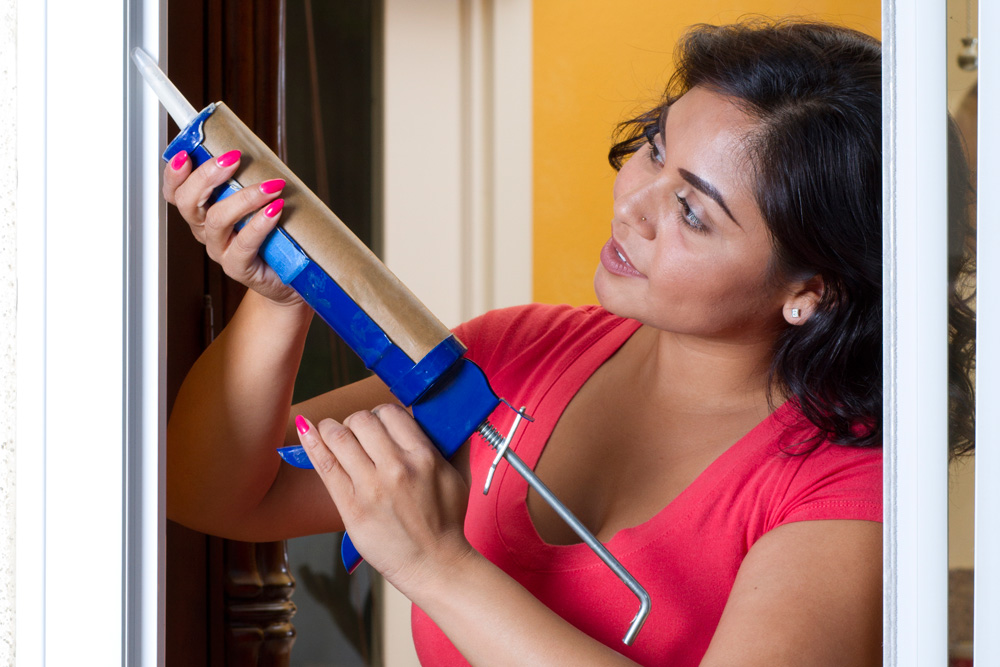
Check Caulking and Weatherstripping: Every Spring and Fall
Proper caulking and weatherstripping helps to keep your home insulated, so that it’s cool in summer and warm in winter without driving up your power bill. Every spring and fall, check the caulking and weatherstripping on the outside of your house and repair where necessary.

Clean and Repair Window and Door Screens: Every Spring
In spring, you can remove your storm windows and replace them with screens. Clean the windows and check the window and door screens for any signs of damage. Repair or replace screens if necessary and clean the screens in warm, soapy water before installing them. This is also a good time to repaint your windowsills, doorsills and thresholds.
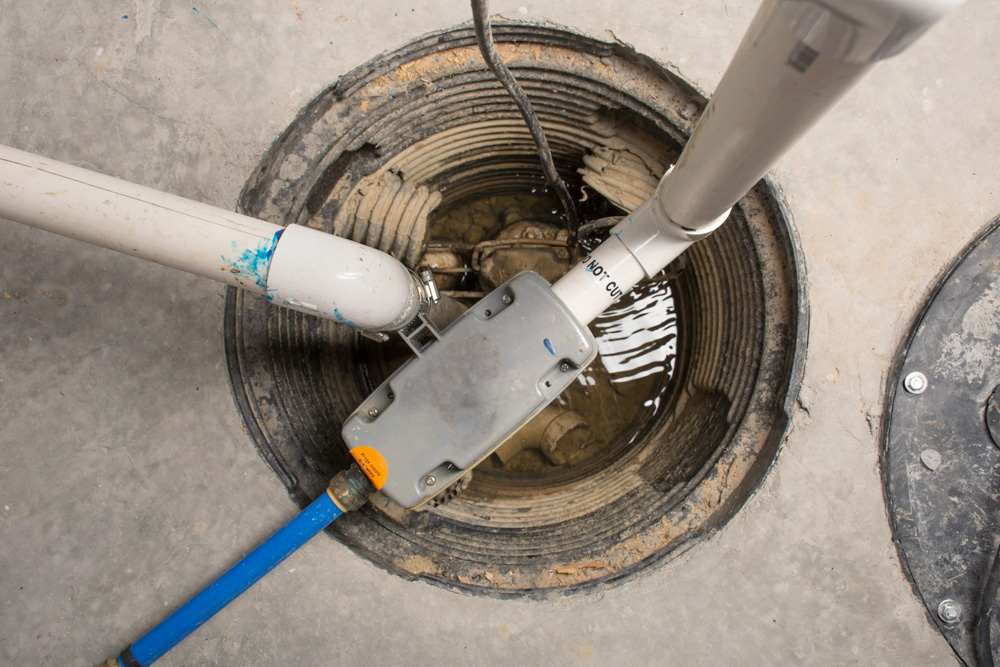
Check the Sump Pump: Every Spring
Before the spring thaw sets in, check your sump pump and make sure that it’s working properly. Also check that the discharge pipe is connected and will allow water to drain away from the foundation.
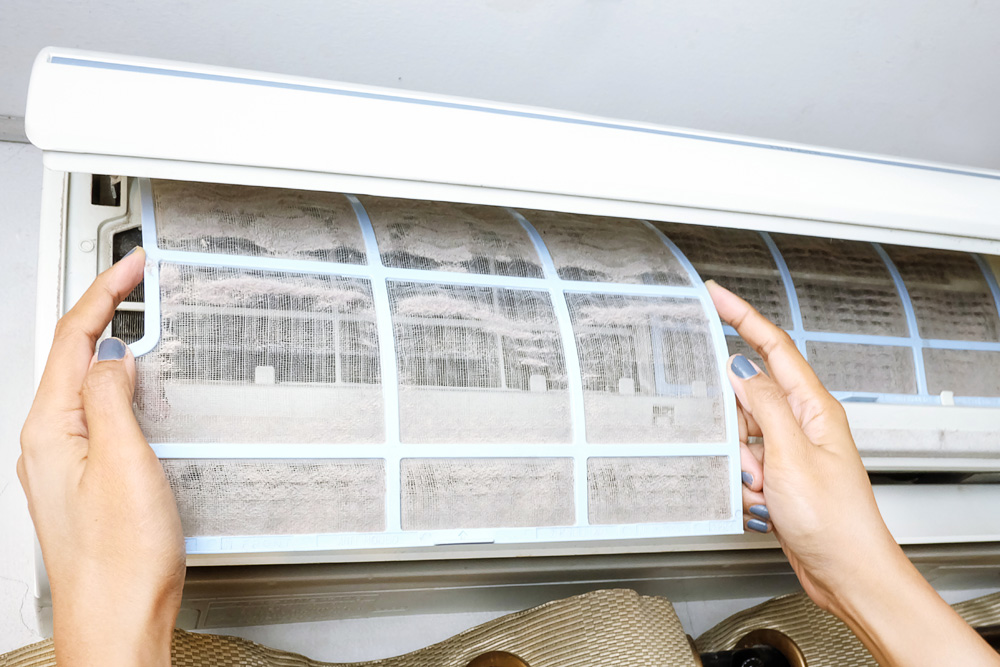
Clean the Air Conditioning and Ventilation System Filters: Every Summer
You want your air conditioning or ventilation system to work properly on those hot summer days. So, as the season starts, check the filters on these systems. Clean them or if they show signs of damage or wear, replace them.
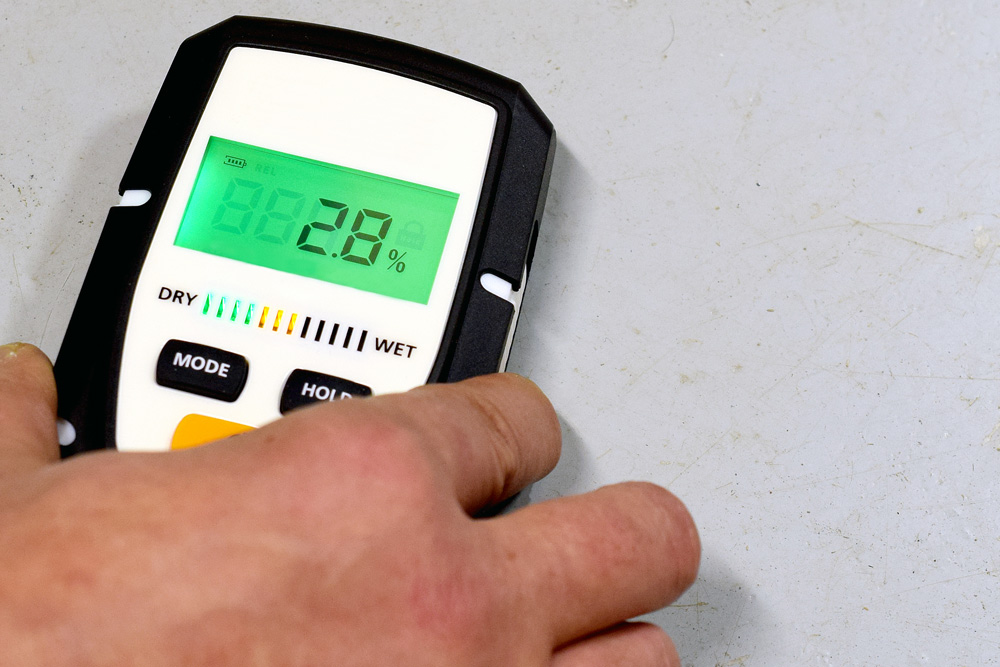
Check the Basement for Humidity and Leaks: Every Summer
To be prepared for those summer storms, check that your basement will remain dry. Fix and insulate pipes if there are signs of condensation or dripping, check the floor drain and use a dehumidifier to keep relative humidity levels below 60 per cent.
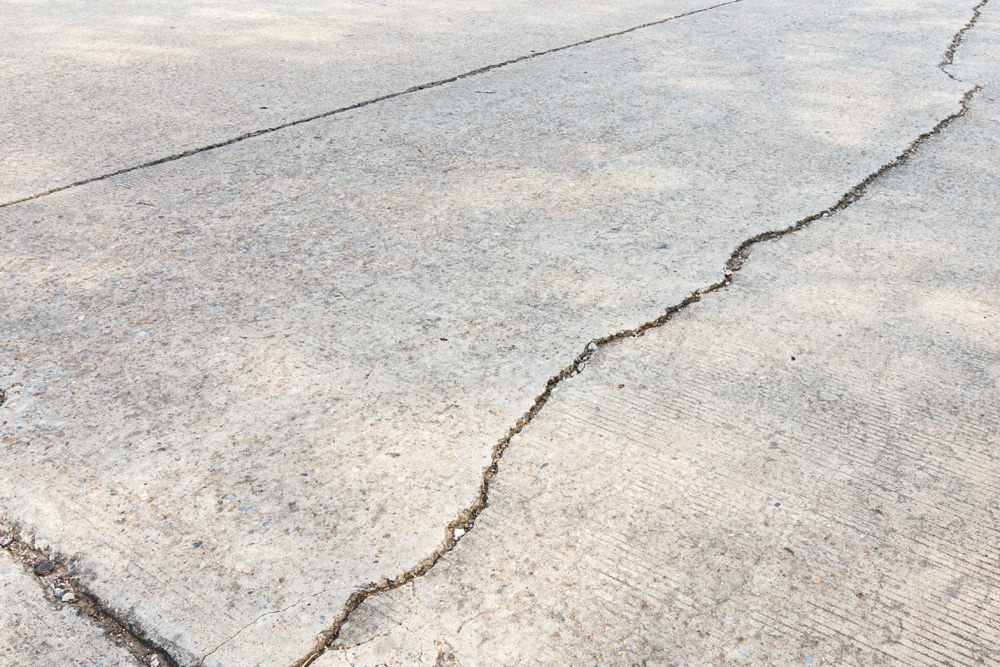
Repair the Driveway, Walkways, Decks and Steps: Every Summer
Frost and ice can cause the driveway, walkways, decks and steps to become warped. In summer, when there is no risk of frost anymore, check these surfaces and fix if necessary. Also fix loose stones, tiles or handrails.

Replace Window Screens With Storm Windows: Every Fall
When summer has come to an end, it’s time to start preparing for the harsh winter weather. Replace the window screens with storm windows. Also remove interior screens. This will allow more sun into your home, making it more energy efficient and will prevent condensation by improving the air flow around the windows.
Related: 9 Small Upgrades That Will Make Your Home Way More Energy Efficient
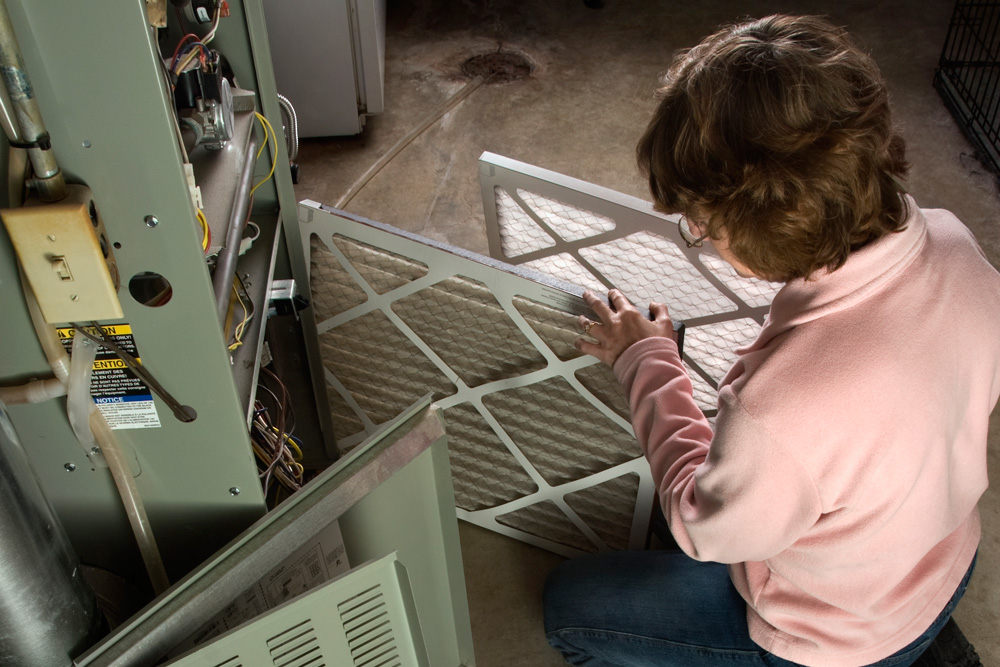
Check Your Heating Systems: Every Fall
In fall, check your heating systems to make sure they work properly: you don’t want to have to repair them when it’s freezing outside. Test the furnace by raising the thermostat setting, clean the ventilator and furnace filters, check the hot water radiators, circulating pumps and bathroom exhaust fans. Repair whatever needs repairing.

Winterize Your Home and Garden: Every Fall
Get your garden ready for winter by protecting plants or bringing them indoors, storing your outside furniture, draining hose bibbs and draining and storing outdoor hoses. Check that the ground around your home slopes away from the walls too so that water won’t leak into your basement.
Related: How to Winterproof Your Cottage, Trailer or Mobile Home
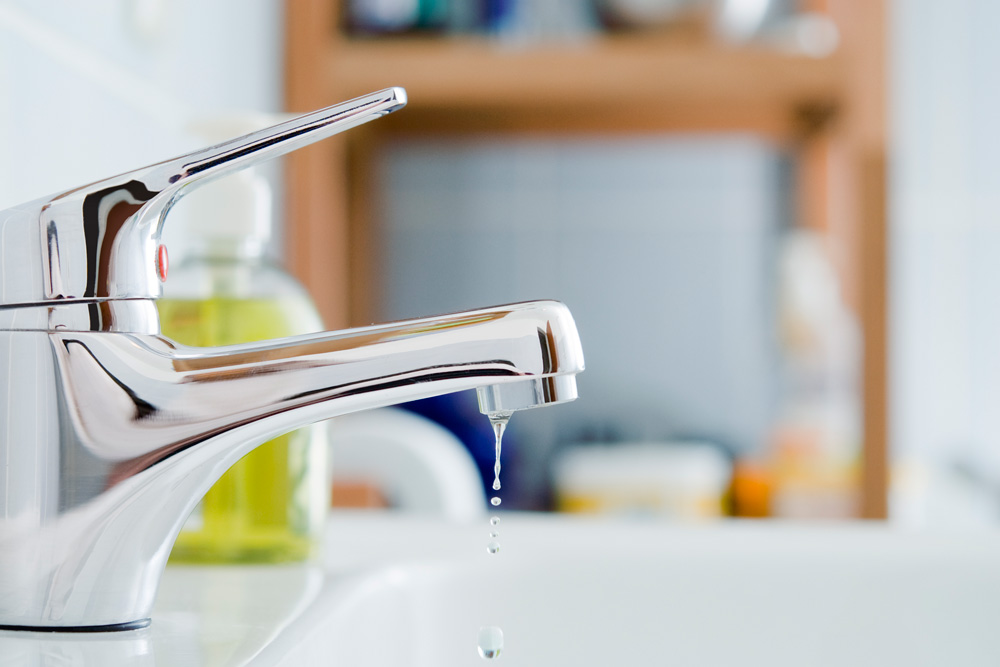
Check and Repair Faucets: Every Winter
When it’s cold outside, you’d probably prefer doing little maintenance jobs inside instead. One of these that is perfect for doing every winter is to check all your faucets. If they’re dripping, replace the washers.
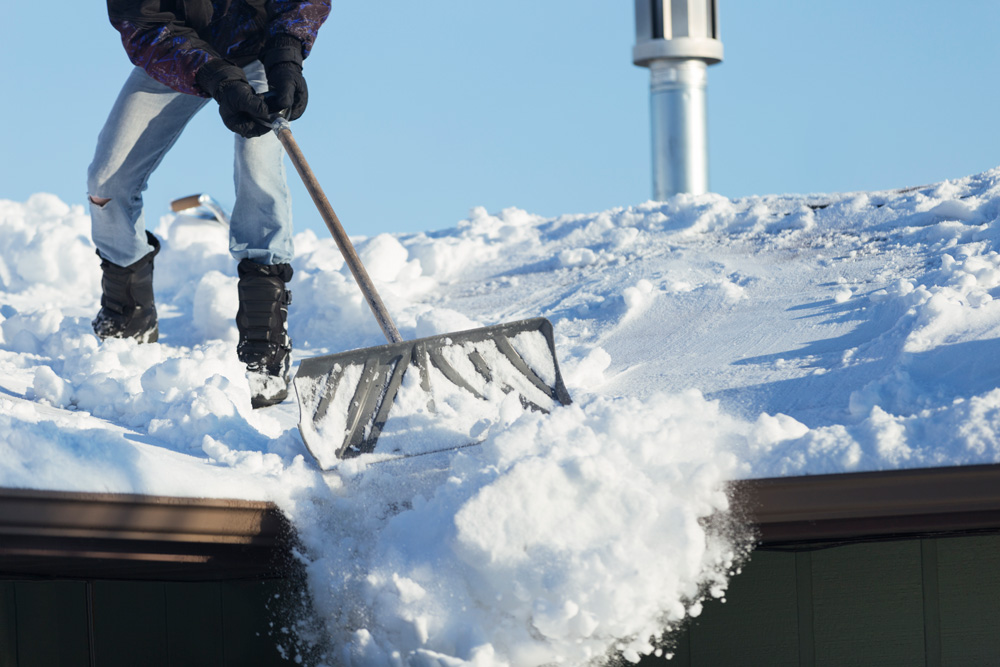
Check for Ice and Snow Accumulation: Every Winter
Ice and snow accumulation can cause serious damage and can be hazardous too. When temperatures are freezing, check for ice and snow buildup around outdoor vents, chimneys, gas meters, windows, doors and the attic. If there is snow and ice where there shouldn’t be, identify the problem and fix it.
HGTV your inbox.
By clicking "SIGN UP” you agree to receive emails from HGTV and accept Corus' Terms of Use and Corus' Privacy Policy.





